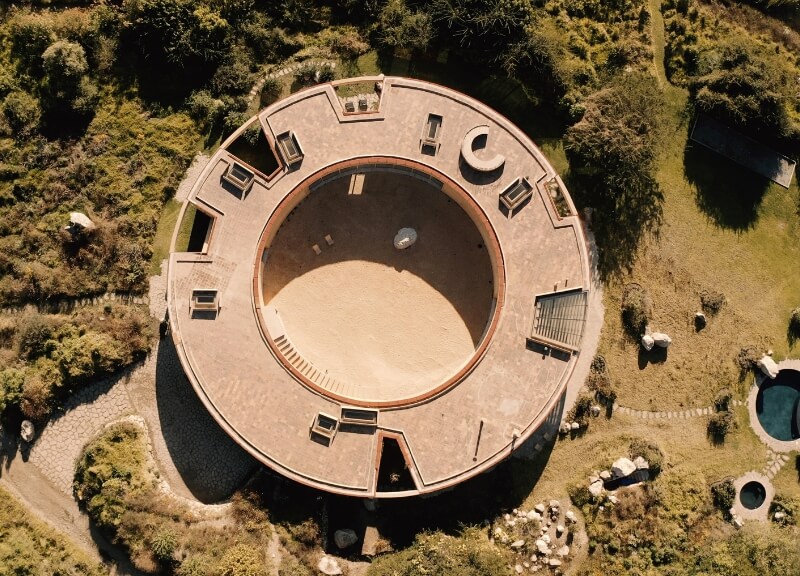
Casa 720: A Photographic Exploration of Rationally Irrational Design
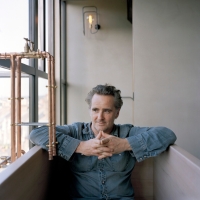
Architectural photographer Edmund Sumner, has been recognized in the Architectural Photography category of the Architecture MasterPrize for his work on Casa 720, designed by Fernanda Canales in Valle de Bravo, Mexico. We spoke with Edmund about his journey from London assistant to celebrated photographer, his immersive process, and how he captured the poetic geometry of this circular lakeside retreat.
Could you give us a little background about yourself and your company?
Edmund Sumner: I’ve been passionately photographing architecture since 1997, driven by curiosity and a desire to capture the essence of spaces. After assisting leading London photographers, I ventured out on my own, documenting landmarks and private residences worldwide. In 2024 I was shortlisted for three Gold Awards by the UK’s Association of Photographers, won three Architecture MasterPrize accolades, and exhibited at the Royal Academy of Arts. In 2025 I’ll publish my fifth major book, Casa Mexicana, with Thames & Hudson.
What was the brief for the award-winning project?
Edmund Sumner: Architect Fernanda Canales gave me carte blanche, her succinct instruction was, “Do your thing.” Casa 720, named for its twice-around-the-sun concept, is a low-rise circular house that almost disappears into its landscape. My challenge was to reveal its materiality and integration with the site, showcasing a building that blends so seamlessly it defies easy photography, which is often the hallmark of the most compelling projects.
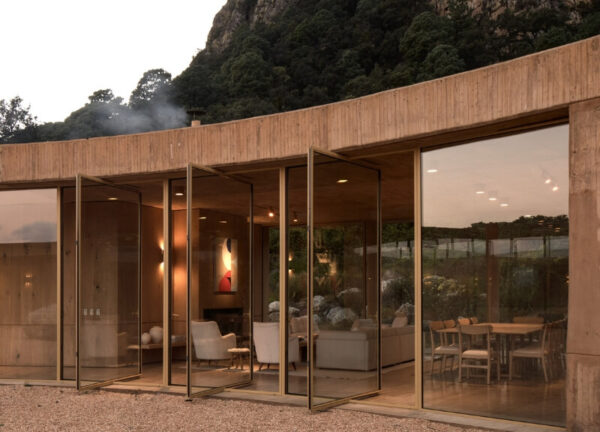
Please describe your photographic process for Casa 720.
Edmund Sumner: I begin by immersing myself in a project without my camera, absorbing the architect’s intent and the space’s narrative. I explore the site on foot, feeling light, shadow, texture, and flow. After a period of reflection, often overnight, I return with clear compositional ideas. This unhurried method ensures each image conveys the building’s DNA and its relationship with the environment.
What challenges did you face, and how did you overcome them?
Edmund Sumner: Casa 720’s vast circular footprint made it impossible to capture its full form from ground level. Its subtle geometry nearly disappears against the natural backdrop. To solve this, I employed drone photography, gaining aerial perspectives that reveal the house’s double-circle plan and its dialogue with the lake and forest. This approach honored the project’s complexity and added dynamic narrative layers.
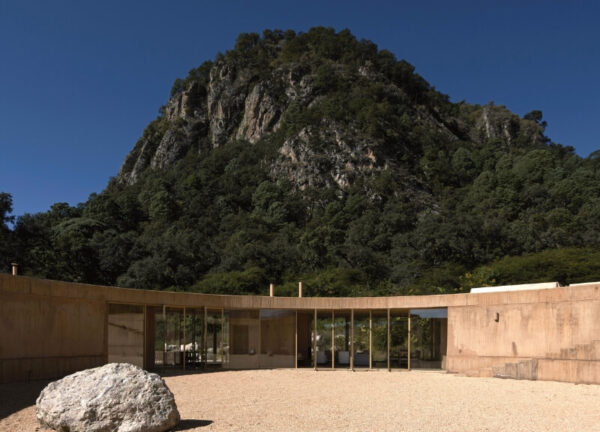
What do you consider the most outstanding or innovative aspect of the project?
Edmund Sumner: The house’s rationally irrational double circle, both poetic and pragmatic, is its defining feature. It creates a theatrical sense of arrival while fostering intimacy within its circumference. That balance transforms architecture into an experience rather than mere shelter.
Which photographic outcome are you most proud of?
Edmund Sumner: A drone shot taken just after sunset shows Casa 720 almost dissolving into the darkened landscape, prompting viewers to pause and interpret the form. That moment of ambiguity invites curiosity and personal discovery, which to me is the essence of great architectural photography.
What inspired you to become an architectural photographer?
Edmund Sumner: I grew up surrounded by architecture magazines like Architectural Review and Domus, and my family discussions revolved around design. Photography began as a hobby but merged with those early architectural influences. It feels full circle to see my images featured on those very covers decades later.
Who are your biggest influences in photography?
Edmund Sumner: The Düsseldorf School with Thomas and Hilla Becher, Andreas Gursky, and Thomas Ruff for their structural abstraction. Hiroshi Sugimoto for his poetic use of time and space. Contemporary peers César Béjar, Rory Gardiner, Filip Dujardin, and Joe Fletcher inspire me with their precision, atmosphere, surrealism, and emotive narratives.
How do you see your discipline evolving amid digital saturation?
Edmund Sumner: The digital revolution enables amazing tools but also floods the market with imagery. Awards and critical dialogue remain vital to maintain standards. I embrace change from iPhones to large-format SLRs while holding fast to visual discipline. Otherwise we risk blurring the line between professional and amateur output.
How can architectural photography make a meaningful difference?
Edmund Sumner: By helping the public appreciate good design and understand how architecture improves lives. Thoughtful imagery can elevate awareness of sustainable and inclusive architecture beyond niche audiences.
What does winning the Architecture MasterPrize mean for you?
Edmund Sumner: Having never pursued awards I now appreciate their power to refine one’s practice and raise industry standards. While it may not alter my business trajectory, it adds credibility, enhances my profile, and supports my mission to tell compelling architectural stories.
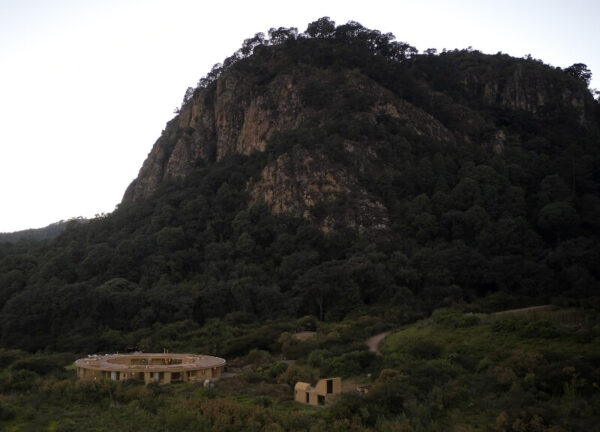
We thank Edmund Sumner for sharing his insightful approach to photographing Casa 720, demonstrating how patient observation and inventive perspectives can reveal architecture’s most poetic dimensions.